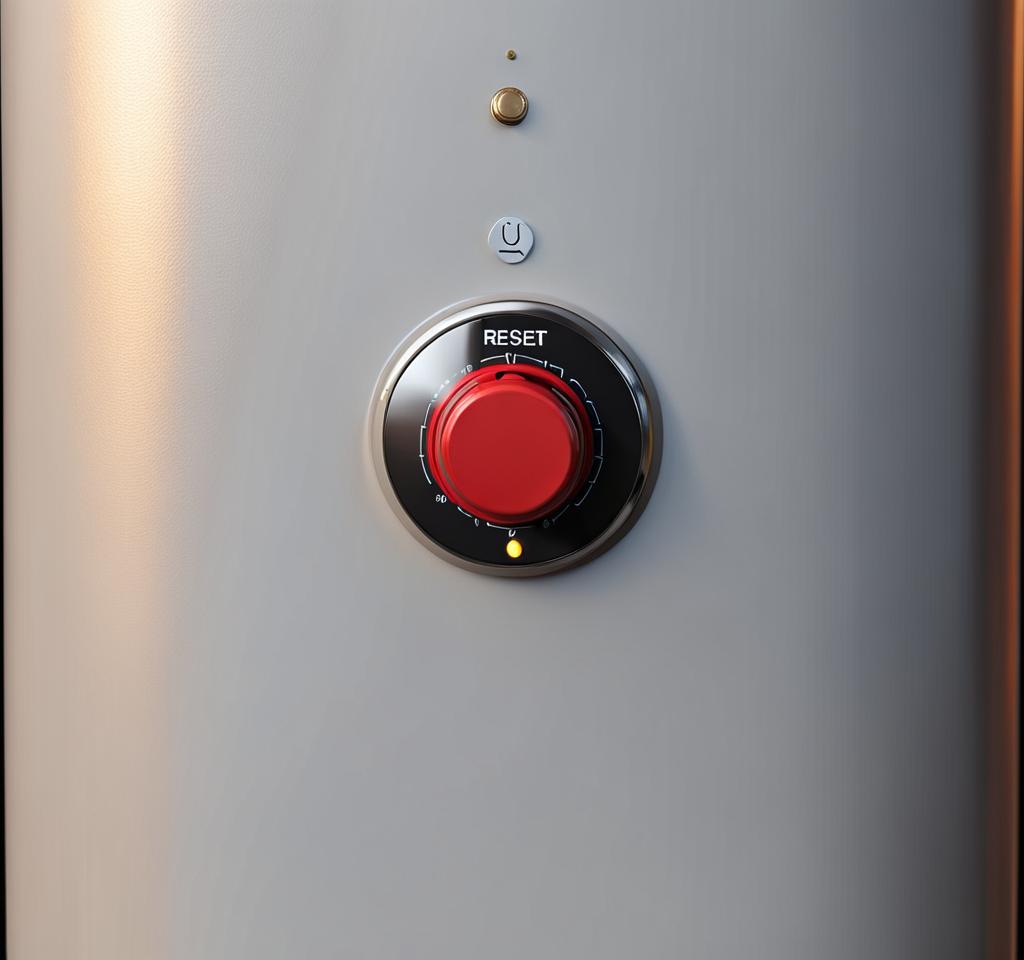Have you ever encountered a situation where your hot water suddenly stops flowing, leaving you puzzled and frustrated? One common culprit is the reset button on your water heater tripping, effectively shutting off the unit. Understanding what trips the reset button on a hot water heater can save you from unnecessary inconvenience and costly repairs.
I’ve experienced this issue firsthand, and trust me, it’s not a pleasant situation to be in – especially when you’re in dire need of a hot shower or clean dishes. But fear not!
Comprehensive Overview of Hot Water Heater Reset Button Activation
Before delving into the specifics, let’s first comprehend the purpose and mechanism of the reset button. This safety feature is designed to prevent potential hazards by automatically shutting off the water heater when it detects abnormal conditions or malfunctions. The reset button acts as a fail-safe, ensuring your safety and protecting the unit from further damage.
However, the reset button can be triggered by various factors, some more obvious than others. It’s crucial to identify the underlying cause to address the issue effectively and prevent future occurrences. Whether it’s a thermostat malfunction, excessive pressure buildup, or a faulty heating element, I’ll guide you through the potential culprits and provide practical solutions.
Common Hot Water Heater Reset Button Tripping Factors
One of the most frequent reasons for the reset button to trip is a malfunctioning thermostat. The thermostat regulates the water temperature, and if it fails to function properly, it can cause the water to overheat, triggering the reset button as a safety measure. Imagine the frustration of constantly running out of hot water or having scalding showers – a clear sign that something is amiss with the thermostat.

Another common driver is excessive sediment buildup within the tank. Over time, minerals and debris can accumulate, leading to overheating and increased pressure. This buildup not only reduces the efficiency of the water heater but can also cause the reset button to trip. Trust me, you don’t want to ignore this issue, as it can potentially lead to a leaking tank or even a complete system failure.
Faulty heating elements can also be the culprit behind a tripped reset button. These elements are responsible for heating the water, and if they malfunction or burn out, the water temperature can fluctuate erratically, triggering the safety mechanism. Imagine trying to take a hot shower, only to be met with freezing cold water – a scenario no one wants to experience!
Electrical Issues and Safety Precautions
In some cases, electrical problems can contribute to the reset button tripping. Loose wiring connections, faulty control panels, or even a power surge can disrupt the electrical flow, causing the water heater to shut down as a precautionary measure. It’s essential to exercise caution when dealing with electrical components and consider seeking professional assistance if you’re not comfortable troubleshooting these issues yourself.
Diagnosing and Resolving Hot Water Heater Reset Issues
Once you’ve identified the potential cause of the reset button activation, it’s time to take action. Sometimes, a simple reset by pressing the button can temporarily restore hot water flow. However, if the problem persists, more in-depth troubleshooting may be required.
For thermostat issues, you may need to replace the faulty component or adjust the temperature settings. Sediment buildup can often be remedied by flushing the tank, a process that removes accumulated debris and minerals. Heating element replacement might be necessary if it’s beyond repair, but this task typically requires professional assistance.
If electrical problems are suspected, it’s advisable to consult a qualified electrician or plumber. Attempting to fix electrical issues yourself can be dangerous and potentially lead to further damage or even safety hazards.
Preventive Maintenance Tips to Avoid Frequent Reset Tripping
While addressing the immediate issue is crucial, implementing preventive measures can save you from future headaches and costly repairs. Regular maintenance is key to prolonging the lifespan of your water heater and minimizing the likelihood of reset button activation.
- Annual flushing: Schedule an annual flushing of the tank to remove sediment buildup, ensuring optimal efficiency and preventing overheating.
- Anode rod replacement: The anode rod helps protect the tank from corrosion. Replace it every 3-5 years to maintain its effectiveness.
- Thermostat inspection: Periodically check the thermostat for proper functioning and make adjustments if needed.
- Insulation check: Ensure that the insulation around the tank is intact, as it helps maintain water temperature and prevents excessive heating.
By following these preventive measures, you can significantly reduce the chances of the reset button tripping, ensuring a continuous supply of hot water and minimizing potential safety hazards.
While some reset button activation causes can be addressed through DIY methods, there are instances when seeking professional assistance is the wisest choice. If you’ve attempted troubleshooting steps but the issue persists, or if you’re dealing with complex electrical or plumbing problems, it’s best to call in an expert.
Experienced plumbers and technicians have the knowledge and tools to diagnose and resolve even the most challenging water heater issues efficiently. They can also provide valuable insights and recommendations for preventing future problems, ensuring the longevity and optimal performance of your water heating system.
Don’t hesitate to seek professional help when needed. It may seem like an added expense, but it can save you from potential safety risks, costly replacements, and the inconvenience of prolonged hot water outages.

This is where you’ll find inspiration to create a stylish and beautiful dream home.